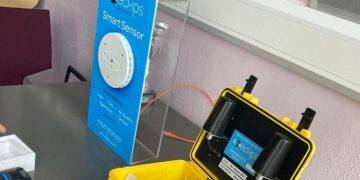Many of the items we use today function better than ever thanks to technological developments. This page offers basic information about solid aluminum electrolytic capacitors as well as advice on how to choose the best electrolytic capacitors supplier.
An aluminum electrolytic capacitor: what is it?
A capacitor called an Aluminum Electrolytic Capacitor (AEC) is constructed from stacks of aluminum foil placed between two pieces of paper. Developed in the early 1900s, the aluminum electrolytic capacitor gained popularity as an electronic component in the 1960s. AECs are employed in many different applications nowadays, including power supply, data storage devices, audio, and RF circuits.
What an Electrolytic Capacitor Is Used For
A tool that stores electric charge is an electrolytic capacitor. Electronic circuits employ electrolytic capacitors to delay current flow and store electric energy. By allowing more current to pass through them, electrolytic capacitors are also used to increase the power of electrical equipment.
The Best Aluminum Electrolytic Capacitor Supplier for Your Application: How to Choose
Beryl is a highly powerful company with more than 90 patents; it is a producer of capacitors and fundamental electrical circuit board components. As an alternative to conventional ceramic and paper capacitors, its solid aluminum electrolytic capacitors are gaining popularity. Here are some of its goods’ major characteristics:
- Low equivalent series resistance: Solid aluminum electrolytic capacitors have low ESR, which enables them to withstand high voltages and currents without incurring excessive noise or other issues.
- Stability: Solid aluminum electrolytic capacitors are durable and impervious to moisture and high temperatures. They are thus a perfect option for applications like motor controllers and power supply where longevity is important.
Solid aluminum electrolytic capacitors are an excellent option for situations where cost is a key factor since they are much less expensive than their ceramic or paper cousins.











